
Probably every adult at least once in his life experienced a wasp sting. But what to do in this case, what you should pay special attention to and how to act in a situation that threatens the development of anaphylactic shock - few people know about this.
In the vast majority of cases, a wasp sting leads to unpleasant, but not very dangerous consequences. If a wasp has bitten, the sting site, as a rule, swells up, hurts a lot, and later it starts to itch. However, all these symptoms gradually disappear on their own after a few days - you can even do nothing “special” to weaken their strength.
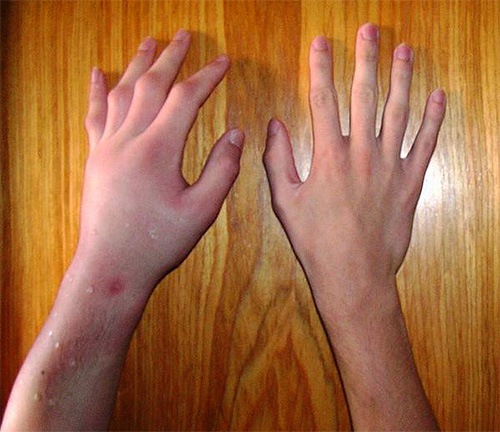
However, there are still situations when a wasp attack can be really deadly. Of course, a lot here depends, firstly, on the type of wasp (not all of them sting in the same way), and secondly, on the sensitivity of the human body to the poison of this insect.
So, for some people, even the bites of “our” wasps (the so-called paper ones) can become fatal, not to mention some exotic species and, especially, hornets. Moreover, a person may not even be aware of his special susceptibility until the very attack of an insect.That is why every adult needs to clearly understand what to do if a wasp has bitten - in exceptional cases, this knowledge will help save both your own life and the life of someone around you.

On a note
At the time of the bite or immediately after it, it is very important to be able to distinguish the wasp from other stinging and biting insects. This is significant, if only because, for example, first aid methods for wasp and bee stings differ diametrically at some points. Therefore, even theoretically knowing what to do in such situations, due to incorrect identification of an insect, in practice one can behave completely wrong. A mistake will lead to a loss of time (for example, to search for a sting in a wound) or the use of funds that will only aggravate the situation. Therefore, no matter how painful it is at the time of the bite, it is advisable to take a good look at the offender before reflexively brushing it off the body. The wasp is a slender insect of a fairly light color with a small amount of hairs on the body, while the bee is denser, with a densely pubescent body surface.
Photo of a paper wasp:
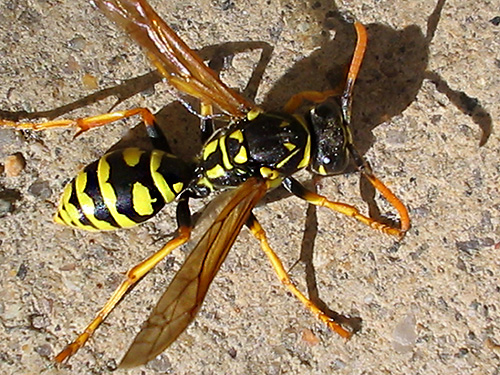
Here is a photo of a honey bee:
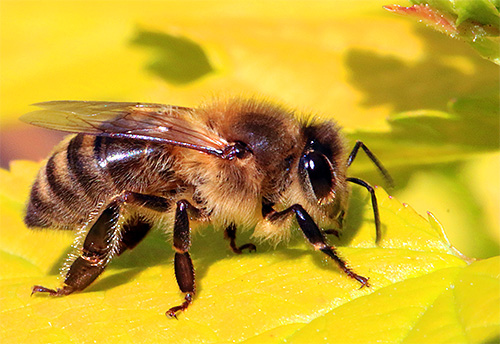
As you can see, these insects are quite different from each other.
The danger of wasp stings: why it is so important to take action in time
Before talking directly about what needs to be done if a wasp has bitten, let's first find out what threats this insect's attack can pose.
So, the usual consequences of wasp stings are:
- acute pain at the site of the sting;
- rapidly developing soft tissue edema;
- the appearance of itching at the site of the bite;
- redness of the integument of the body, fever in the inflamed area.
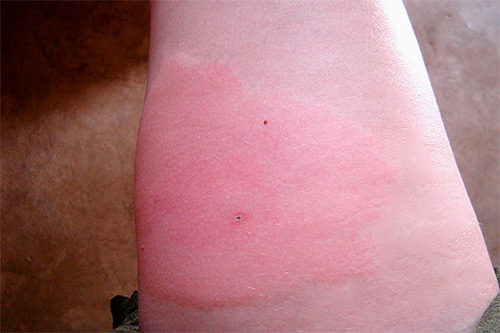
Individual symptoms can reach their peak within a day or two after the bite, and then gradually pass without a trace. Such a response of the body to a wasp sting is absolutely natural and normal.
Another thing is when a victim begins to develop a generalized allergic reaction after a bite. In a simple form, it leads to the appearance of the so-called serum sickness (the immune response of the body to a foreign substance), accompanied by fever, nausea, pain in the head and abdomen. These symptoms do not manifest themselves immediately, but with some delay - in contrast to the redness of the affected area and extensive swelling, which are not long in coming.
However, the most dangerous of the possible consequences of an allergy after a wasp sting are not the above reactions of the body, but Quincke's edema and anaphylactic shock. The first can lead to obstruction of the larynx and subsequent asphyxia, and the second - in 12-15% of cases ends in death due to cardiac arrest or impaired lung function.
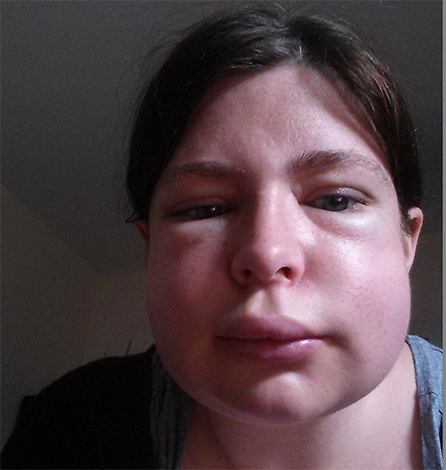
It is worth noting that such reactions to wasp bites happen, fortunately, quite rarely, but if they develop, then it happens so rapidly that they require very quick first aid measures to stop them - delay here is really life-threatening.
On a note
Anaphylactic shock develops, as a rule, within 5-30 minutes after the bite. However, there are cases when the count went on for seconds. Therefore, if a person is aware of his susceptibility to insect bites, it makes sense for him to always carry an auto-injector with adrenaline (epinephrine), which in an emergency can save a life.
In addition, a situation can be very dangerous when a person is bitten not by one, but by a whole group of wasps of 5-10 or more insects.
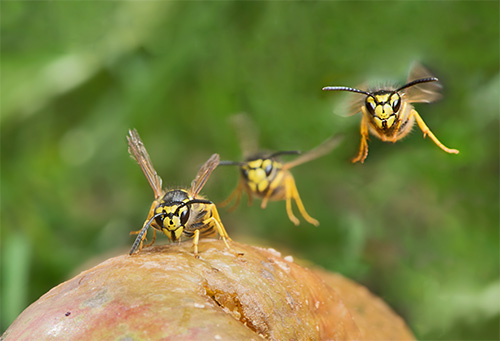
In this case, even a victim who is not susceptible to poison develops general intoxication, and sometimes even subcutaneous and internal hemorrhages can be observed.
Situations are even more dangerous when a person becomes a victim of an attack by many hornets - these wasp-like insects are larger and inject more poison into the wound in one bite.
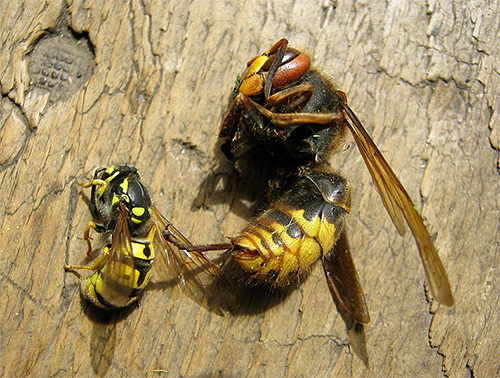
Review
“At that time I had no idea what to do if wasps bitten. When five wasps bit me at a picnic at once (I went to the toilet in the bushes and stepped right on their nest), I just anointed me with a soothing ointment and drank cognac. In short, I was brought to the hospital already unconscious, I opened my eyes from swelling only the next day. Huge bruises appeared at the bite sites, the whole body was swollen, the temperature was high and it was constantly brought down to me. I was in the hospital for three days, then another week at home, the doctor came to me and gave me injections. So we didn’t have a very good rest.”
Irina, Volgograd
First steps after a wasp sting
The first thing to do if bitten by a wasp is not to panic and calm down. Even if you know that you or a loved one has a dangerous allergy, there should be no place for panic and fuss, as this will only hurt in such a situation.
In the most common case, after a wasp sting, you should:
- try to suck the poison out of the wound;
- attach any product containing acid to the bite site - it can be a slice of an apple, a slice of orange or lemon, which will help neutralize part of the poison in a wound that has not yet healed;
- then apply any cold object to the damaged area - meat from the freezer, cold metal, or, ideally, an ice pack.
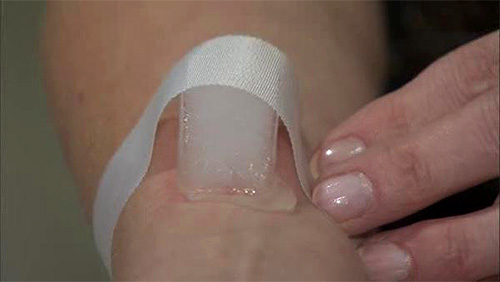
After that, you can drink a Suprastin tablet - this drug in some cases is able to block the development of an allergy to the root and thereby prevent a possible severe response from the body. That is why it should be done as early as possible.
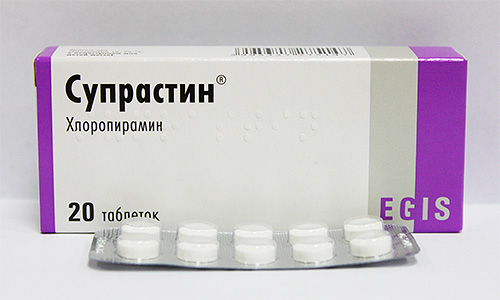
Another important point of first aid after a wasp sting is the antibacterial treatment of the damaged area - this is especially true if the wasp has bitten a child. In almost 100% of cases, affected children scratch the bite site due to severe itching and can introduce some kind of infection into the wound.
To avoid this, the bite must be treated with any available antiseptic - brilliant green, hydrogen peroxide, and if nothing of this was at hand in nature, then you can use ordinary vodka. But taking alcohol inside - even for the purpose of "prevention" - is strictly prohibited.
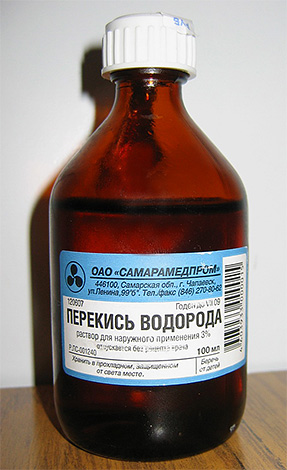
A separate discussion deserves the situation when a stung person has a high sensitivity to insect venom. As a rule, such people always have an auto-injector with them (it was already mentioned above), but it also happens that the victim of a wasp sting is lost and cannot immediately understand what to do - he starts to panic. That is why it will be useful for any adult to know how to use this item.

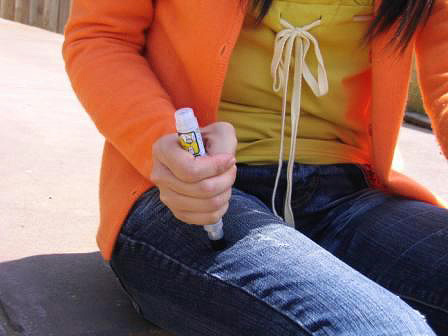
So, in a critical situation, the bite victim needs to be injected with a drug (usually it is adrenaline), and this must be done as quickly as possible, sometimes minutes count. To do this, the cap is removed from the device, then the injector is strongly pressed against the middle part of the outer surface of the victim's thigh with a specially marked side and an injection is made for 5 seconds. In such situations, it is possible to inject directly through clothing without wasting precious time removing it.
Preparations and folk remedies for the treatment of wasp stings, rules for their use
Now let's figure out what to do after first aid. First, you need to apply a compress to the wasp sting. Its essence lies in slowing down the blood flow, and with it the spread of poison throughout the body, so the sooner the compress is used, the more effective its action will be.
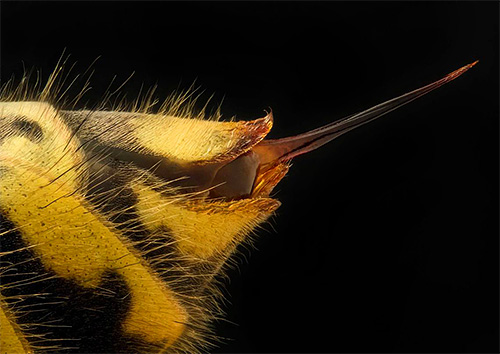
As a rule, such a bandage is applied for 30-50 minutes, after which it is removed, and the wasp sting site is treated with special agents that help relieve itching and pain, as well as reduce inflammation.
Alternatively, the bite site can be treated before applying the compress. For example, in the case when the means for treating a bite are right at hand, they can be applied in the first place - nothing bad will happen. If you need to look for them for a long time, then it is better to make a compress for this time - it is only important not to leave the bite without any attention at all.
Some of the most famous and fairly effective pharmaceuticals used after the bites of wasps and other insects today are:
- Fenistil gel, which reduces itching and pain, and also inhibits the development of inflammation and reduces the risk of developing allergies;

- Insectline is an imported remedy that has a pronounced anti-inflammatory effect, as well as reducing pain;

- Menovazin is a relatively inexpensive anesthetic that relieves pain and itching;

- Gardex Family and Gardex Baby are soft in their action, but effective preparations for treating bite sites in adults and children;

- Soventol is a fairly good anesthetic ointment;

- Advantan is a powerful gel that inhibits the development of an allergic reaction.

However, there are also a number of time-tested folk remedies for wasp stings. So, for example, after an insect attack, you can apply to the sting site:
- chopped parsley root;
- a slice of lemon;
- chopped garlic clove or a piece of onion;
- plantain leaf;
- gauze moistened with natural essential oil.
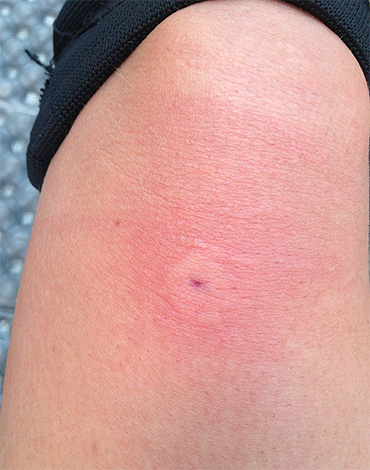
Of course, in the modern world, preference is given to treating the bite site with specialized balms and ointments. Nevertheless, traditional medicine should not be discounted either: if you were bitten by wasps, then you can also do as our grandmothers did in their time - at least as a backup or emergency option.
Mistakes that should not be made
Knowing what to do if a wasp has bitten is certainly very important. However, it is equally important to understand what cannot be done categorically. Often, even inaction leads to less pronounced problems than incorrect behavior, which can result in serious complications.
Let's take a closer look at what not to do when a wasp bites:
- No need to look for a sting - wasps never leave it in the wound. This action will only lead to a waste of precious time.

- You can not try to squeeze out the poison.This contributes to increased blood circulation at the site of the wasp sting and, accordingly, to an increase in the rate of spread of its poison.
- It is dangerous to comb or pick a bite - this way an infection can be introduced into the wound, which will greatly complicate the healing process.
- It is fraught with applying earth to the wound or lowering it into dirty water in order to cool the bite site - these actions are also very likely to lead to infection (sometimes much more dangerous than the bite itself).
- It is forbidden to self-administer powerful antihistamines without reliable signs of a developing allergy. Instead of strong enough Loratadine and Dimedrol, it is worth taking a Suprastin tablet.
- It makes no sense to limit yourself to drinking to prevent an increase in edema, as some people think. When a wasp bites, the development of a tumor does not depend on the amount of liquid drunk - here, on the contrary, drinking plenty of water will help reduce the symptoms of intoxication.

Review
“Thank you for your advice, but it seems to have worked out. I’m generally allergic, so I was reinsured and after the bite I immediately ran home and drank Suprastin. Plus pain, plus heat, in general, I felt very bad for the remaining half a day and night, I was generally broken. Today, there is a lump at the site of the bite, but it does not particularly hurt, but only itches. I think that without Suprastin at night I would have been much worse.
Liza, Moscow
The specifics of the treatment of wasp stings in children
A wasp sting in a child always causes great anxiety in his parents. Nevertheless, nothing supernatural needs to be done at the same time - the approach to treating a bite in babies is practically no different from that in adults.
The only feature is that children should not use the usual ointments and balms in such cases - it is better to use special children's products. An example is:
- Gardex Baby already mentioned above, which can be used from 12 months;
- balm Rescuer, allowed at any age;
- Picnic Family for school children;
- children's series of specialized products Mosquitall.
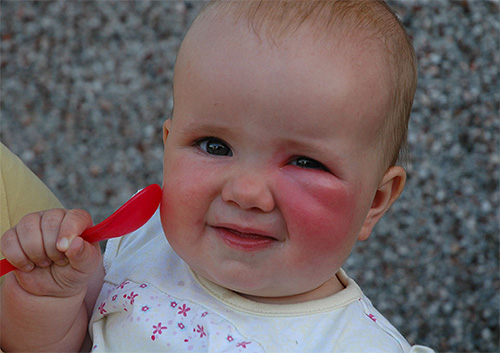
As a rule, in childhood, an allergy to insect bites occurs much less frequently than in adults. Wasp stings in children are sometimes enough to simply antiseptic with alcohol or brilliant green, without using special balms and ointments. You can also apply the above folk remedies.
An equally important point for adults is to maintain their own calmness and self-control, because the emotional state of children (especially very young ones) is largely determined by the state of their parents. Therefore, no matter how you are afraid for your baby, he should not feel your fear (after all, you do not want to form insectophobia in him).
After a wasp sting, a parent needs to be able to calm their child and distract him with something. Fortunately, this is not so difficult to do - even with severe pain at the bite site, it is enough to attach something cold to it and, for example, tell the baby something “very important” so that he stops crying.
Also, adults need to take care of the clothes of the injured child - it should not rub the place where the wasp sting fell, as otherwise this can lead to an increase in swelling and pain.
How to prevent allergies and what to do if it appears
For people who have never experienced an acute reaction to wasp stings, it is enough to drink Suprastin, which will prevent the development of an immune response already at the initial stage. If, after a wasp sting, hives appear all over the body, too much swelling, headache, nausea, fever, shortness of breath, confusion or vomiting, additional steps must be taken urgently to prevent further development of allergies.
The best option would be, of course, contacting the ambulance for an emergency consultation.
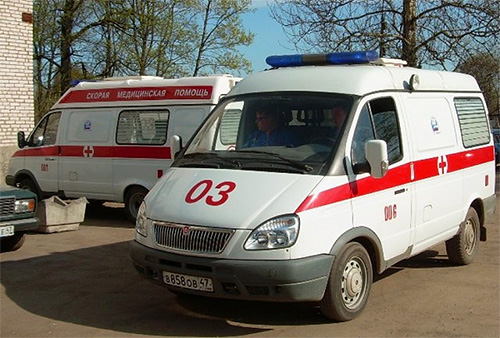
However, if for some reason this is not possible, you should drink one tablet of Diphenhydramine, Loratadine or Prednisolone. With a continued deterioration in the condition of the bitten, it should be urgently taken to the hospital - otherwise the outcome can be fatal.
As mentioned above, allergy sufferers usually have a special auto-injector with them, which should be used immediately after a bite. How to do this is shown in the picture:

On a note
The above allergy remedies should not be given to children. If the child has the appropriate symptoms, Erius syrup (Desloratadine) can be used.

One of the most dangerous is a wasp sting in the neck area - with a very acute reaction, swelling can block the airways. If the victim has wheezing or wheezing breathing, you should try to insert a hollow tube into his throat, which will allow him to breathe with worsening edema. In exceptional cases, the bitten may require a conicotomy - a dissection of the anterior wall of the throat at the junction of the neck into the chest.
With massive wasp bites, a person may develop general intoxication of the body - this condition is also unsafe.To combat it, you should drink as much liquid as possible, take a 5-10% solution of calcium chloride and ascorbic acid. Activated charcoal, unfortunately, will not help here.
Be that as it may, the main thing to remember in the event of a wasp sting: if any symptoms appear that go beyond local inflammation and pain, you should definitely consult a doctor, at least by phone. And the sooner this is done, the less likely there will be any complications.
Useful video: first steps for a wasp sting, including in severe cases

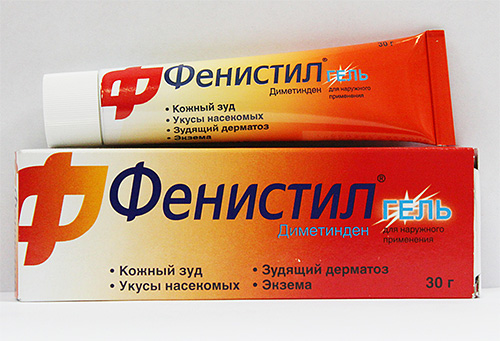

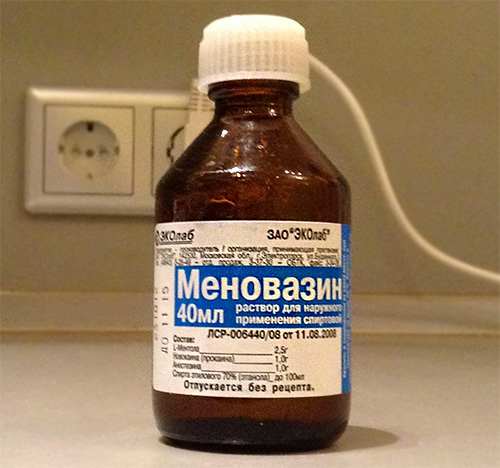

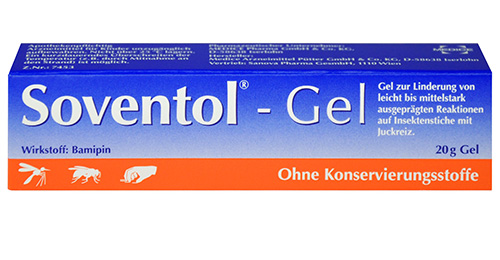
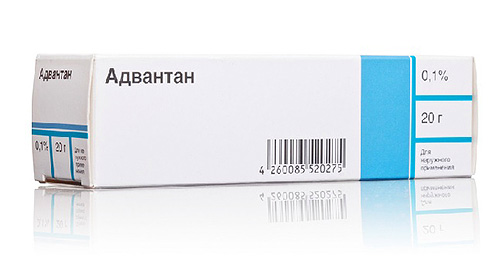


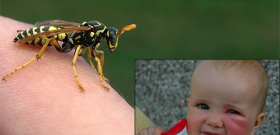
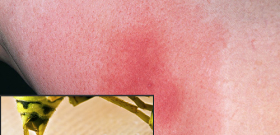

Thanks for the recommendation
On the 2nd day, swelling and a terrible itch appeared - cotton pads soaked in a soda solution were applied to the sore spot, held until a slight tingling. She also spoke like a barley. The itching subsided and the redness lessened.
Thanks for the advice. Wasps have never bitten me. But it will come in handy! Thank you so much.
Thanks
I don't know if I bitten or not! How to determine?
The wasp flew under the collar of the shirt and bit, the infection, under the crown of the head. Saved epipen and anesthetic ointment, but the temperature lasted for two days.
I was 12 years old when I was fishing in a hornet's nest. As I later counted - 13 bites all over the body. At that moment, I was on a log above the water, and, out of fright and pain, I jumped into the water. When I went to the other side, I was shaking badly and my dad poured me a glass of vodka. I drank it and I stopped shaking after 5-10 minutes and there were no more consequences, no swelling, no itching. Since then I hate wasps and alcohol! ))
Thanks for the advice. I, as an allergic person with 20 years of experience, can say one thing: I try not to walk near tall grass (bushes) and near trees that have hollows and cracks. Once bitten by a wasp, and I was on the verge of life and death. I really don't want a repeat. And they bite mainly in the arms (shoulders) and neck. I had enough hands. Good luck, don't worry!
For 27 years, the 2nd time. Terrible itching. If only I had read this article earlier...
For the third day I have been suffering from a wasp sting in my hand. I was stung by a wasp in the car, an allergy began, I had to urgently go to the ambulance, the injections alleviated the condition. But the swelling at the site of the bite does not go away, it itches and is hot.
I drank juice with a wasp, bit into the inside of the upper lip, do nothing, lie down, get high. The only thing that strains is a swollen lip with a cheek. I wish you good picnics, be careful)
Thanks for the advice.
A wasp stung me. When I came home, there was a wasp on my curtain, I did not notice it, it stung me on the shoulder.I did not know what to do, I read the advice and immediately began to act. I did everything that was necessary, it became easier for me. Now it's great, thank you very much.